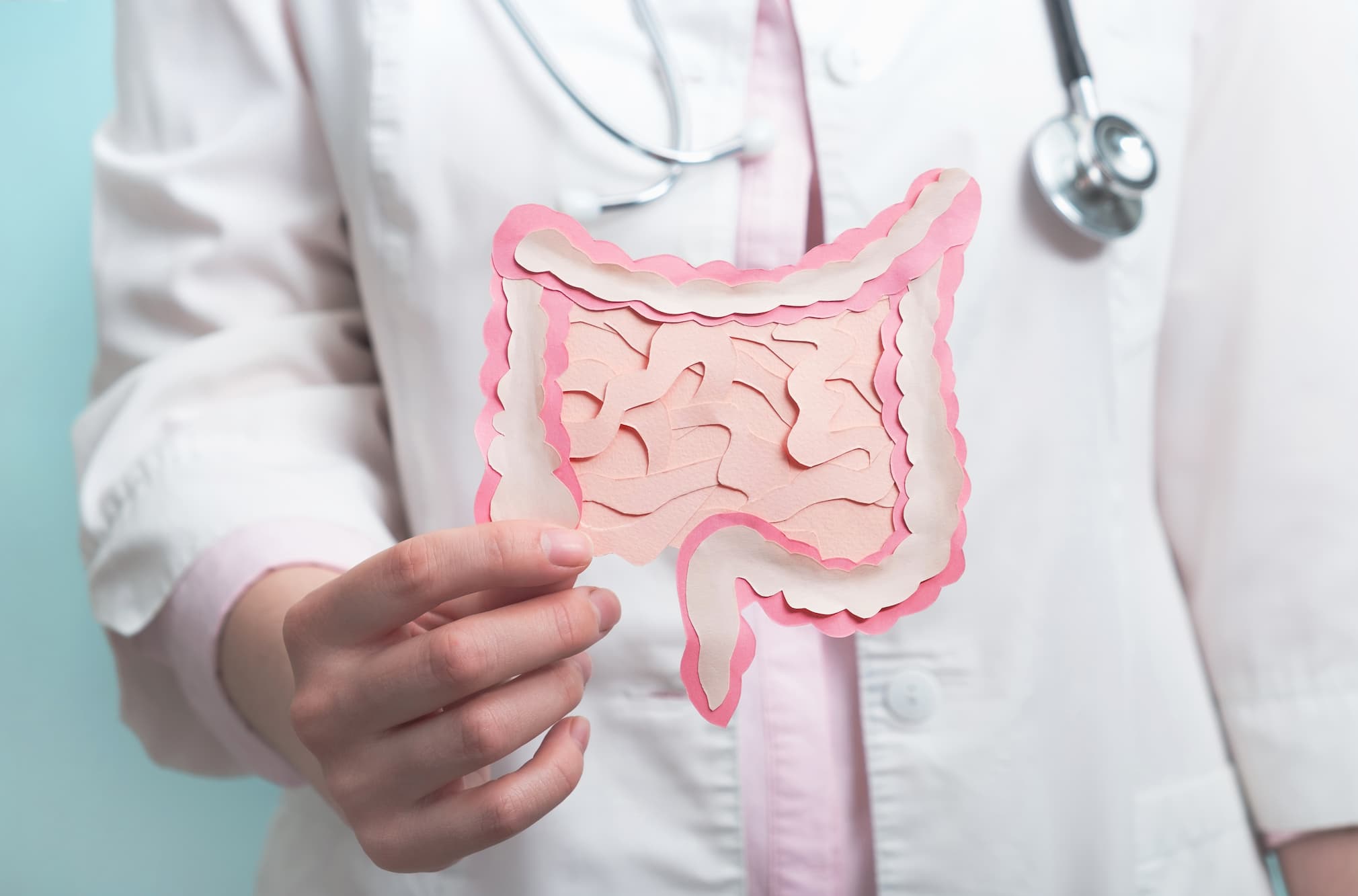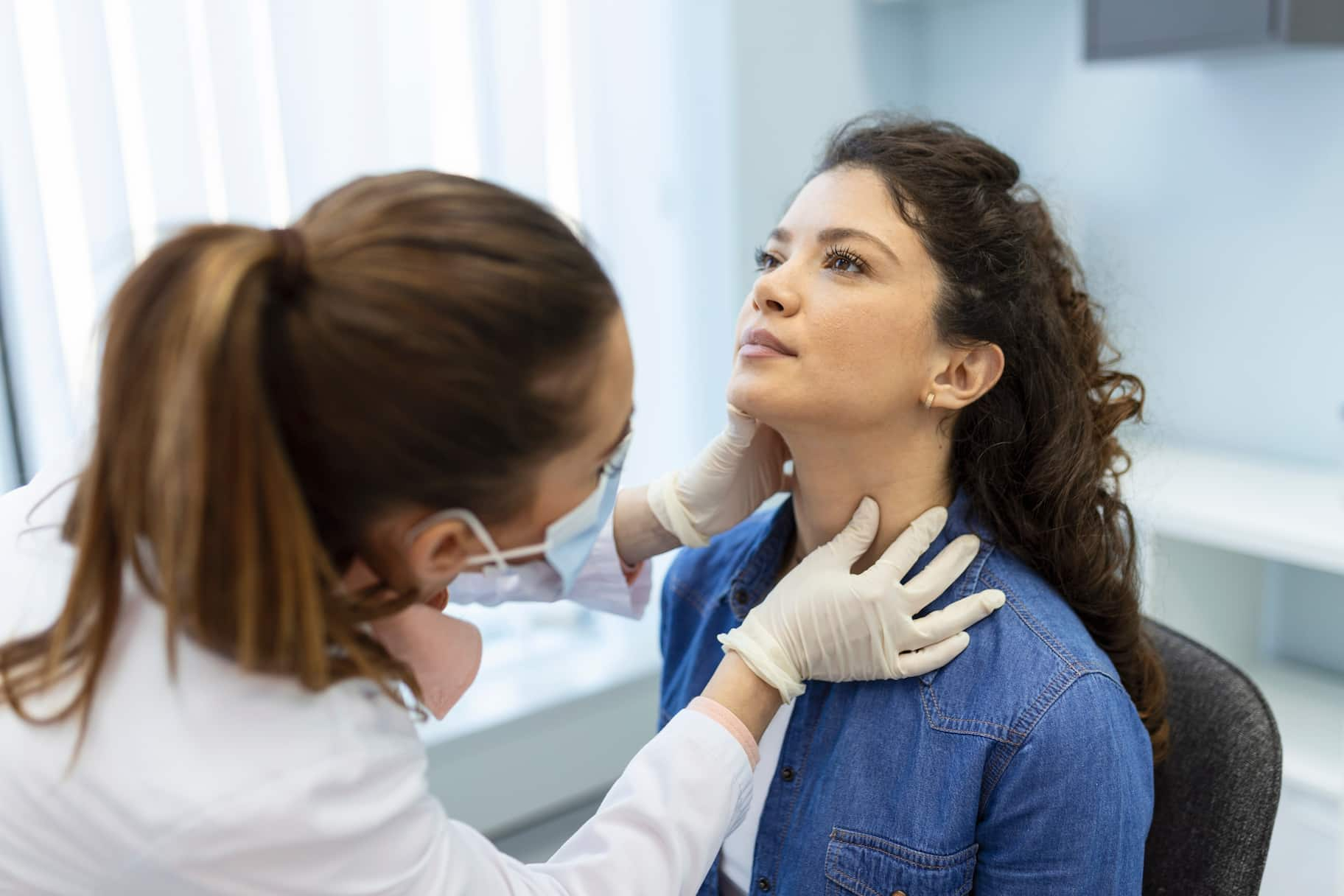
Recovery After Lung Biopsy
Lung biopsy procedures are critical diagnostic tools for patients with abnormal lung CT scan results, suspicious growths, or unexplained lung symptoms. The recovery after lung biopsy depends significantly on the type of lung biopsy procedure used—whether it's a bronchoscopy biopsy, needle biopsy, or an open biopsy. In this blog, we delve into the essentials of the biopsy recovery time, address common concerns like "can a lung biopsy cause cancer to spread," and discuss specific lung biopsy risks elderly patients might face.
The Lung Biopsy Procedure and Types
A lung biopsy is performed to obtain a small lung tissue sample for examination. The approach taken can vary:
- Bronchoscopy biopsy involves a bronchoscope being inserted through the throat to collect lung tissue.
- Needle biopsy, also known as a transthoracic biopsy, involves a needle through the chest wall to reach lung tissue.
- Open biopsy is more invasive, requiring an incision in the chest to directly access the lungs.
Each method has its specifics in terms of procedure and recovery, which is crucial for patient preparation and understanding.

Recovery After Lung Biopsy
Recovery after lung biopsy from a bronchoscopy biopsy is typically quicker, with many patients able to resume normal activities within a few days. This minimally invasive procedure involves inserting a thin, flexible tube through the nose or mouth to reach the lungs. Due to its less invasive nature, the discomfort is usually minimal, and recovery is faster compared to other types of biopsies. Patients might experience a sore throat or minor coughing, but these symptoms generally resolve quickly.
The recovery after lung biopsy from a needle biopsy, also known as a transthoracic biopsy, may take a bit longer, often ranging from a few days to a week. This procedure involves inserting a needle through the chest wall to obtain lung tissue. Patients might experience chest discomfort or minor complications like pneumothorax (collapsed lung), which can slightly extend the recovery period. It's crucial for patients to follow their doctor’s advice and avoid strenuous activities to ensure proper healing.
An open biopsy, which is a more invasive procedure, requires a longer hospital stay and extended home recovery. This type of biopsy involves making a larger incision in the chest to access the lung tissue. Due to its invasiveness, the recovery after lung biopsy from an open procedure is more prolonged, often requiring several weeks of rest and careful monitoring for any complications. Patients will need to adhere strictly to their post-operative care instructions to ensure a smooth recovery.
Understanding the recovery after lung biopsy helps patients prepare for their post-procedure care and manage their expectations effectively. By knowing what to expect, patients can take the necessary steps to ensure a smoother recovery process, minimizing discomfort and reducing the risk of complications.
Managing Pain and Monitoring for Complications
Post-procedure pain management typically involves prescribed pain relievers to ensure patient comfort. For elderly patients, who face greater lung biopsy risks, managing pain effectively is essential without exacerbating any other underlying conditions. It's important for these patients to communicate with their healthcare providers about their pain levels and any concerns they may have regarding their medication.
Monitoring for complications such as infections, bleeding, or extended air leaks is critical after a lung biopsy procedure. These complications can be more severe in elderly patients due to their general frailty and potential pre-existing health issues. Healthcare providers must closely monitor these patients to catch any signs of complications early and address them promptly.
Patients are advised to follow their doctor's instructions closely and watch for any signs that might necessitate immediate medical attention. This vigilance is particularly important in the initial recovery after lung biopsy. Ensuring that they understand the biopsy recovery time and the signs to watch for can help prevent complications and promote a smoother recovery after lung biopsy.
Can a Lung Biopsy Cause Cancer to Spread?
Many patients express concern about whether a lung biopsy could potentially cause cancer to spread. This fear is understandable given the serious nature of cancer diagnoses. However, it's important to clarify that the techniques used in lung biopsies are designed to minimize any risk of spreading cancer cells. Medical professionals are highly cautious during these procedures to ensure that cancerous tissues are not disturbed beyond the necessary extent for sampling.
The benefits of conducting a lung biopsy are significant, particularly when it comes to accurately diagnosing and staging lung cancer. While the risk of spreading cancer cells during a biopsy exists, it is minimal and generally considered manageable within the medical community. The diagnostic value of a biopsy, which can determine the appropriate treatment and management of lung cancer, far outweighs these risks.
Special Considerations for Elderly Patients
Elderly patients are generally considered to be at higher risk for complications following a lung biopsy due to their overall frailty and the potential presence of other concurrent medical conditions. This vulnerability necessitates extra caution and thorough preparation before undergoing the procedure. A comprehensive pre-procedure assessment is critical to evaluate their ability to safely undergo a biopsy and to understand any specific risks they may face.
To enhance the safety and comfort of elderly patients during and after a lung biopsy, tailored post-procedure care plans are crucial. These plans should address the unique needs of older adults, ensuring that any complications are promptly managed and that recovery is as smooth as possible. Special care measures can include closer monitoring, specific pain management strategies, and adaptations to reduce the strain on their overall health.
Lung Biopsy Recovery
Recovery after lung biopsy is manageable with the right information and preparation. Understanding the type of lung biopsy procedure, the expected biopsy recovery time, and the specific risks involved helps patients and their families navigate the process more effectively, ensuring better outcomes and peace of mind.



